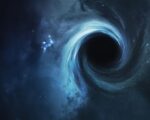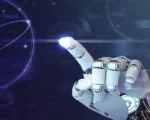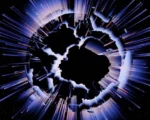Weak gravitational lensing is offering new insights into the large-scale behavior of the universe, potentially challenging a fundamental assumption in cosmology: the Cosmological Principle. This principle asserts that, on the largest scales, the universe is both homogeneous and isotropic, meaning it has a uniform structure with no preferred direction. It serves as a cornerstone of the Standard Model of Cosmology, shaping our understanding of cosmic evolution. However, if deviations from this assumption are found, it could necessitate a major revision of our current cosmological models. With advanced space telescopes collecting unprecedented data, scientists are now examining whether subtle distortions in light from distant galaxies could reveal hidden asymmetries in the universe.
A recent study published in the Journal of Cosmology and Astroparticle Physics (JCAP) proposes a novel methodology for testing cosmic isotropy using weak gravitational lensing data. This effect, a prediction of general relativity, occurs when the light from faraway galaxies is subtly bent by massive cosmic structures such as galaxy clusters. By analyzing patterns in this lensing data, researchers hope to detect potential anomalies that might indicate deviations from the expected uniformity of the cosmos. Any discovered asymmetries could provide critical evidence that the universe is not as homogenous as previously thought.
James Adam, an astrophysicist at the University of the Western Cape in Cape Town and the study’s lead author, explained in an interview with Phys.org that the Cosmological Principle implies there is no central point or special direction in the universe. While observations of the cosmic microwave background (CMB) and large-scale galaxy distributions have largely supported this assumption, emerging inconsistencies have cast doubt on its absolute validity. Discrepancies in cosmic expansion rates, variations in the CMB, and unexpected gravitational lensing patterns suggest that the universe may possess subtle anisotropies that challenge long-held theoretical frameworks.
If future observations confirm such deviations, the implications for cosmology would be profound. Scientists may need to reconsider the foundations of the Standard Model, possibly introducing modifications to accommodate a more complex, directionally dependent cosmic structure. Ongoing and upcoming missions, such as those led by the Euclid telescope and the Nancy Grace Roman Space Telescope, are expected to provide more precise lensing data, helping to refine our understanding of the universe’s true nature. Whether these studies reinforce the Cosmological Principle or point toward new physics, they will undoubtedly shape the future of cosmology.


















